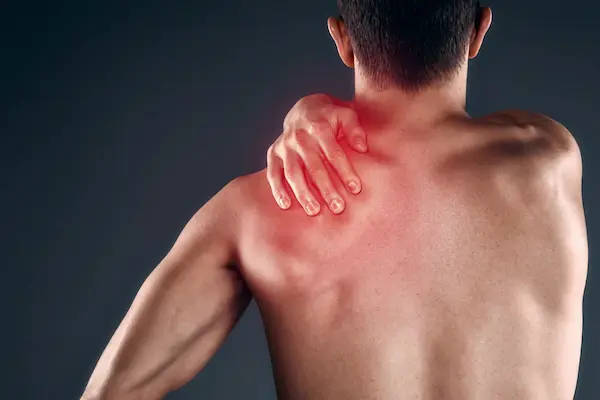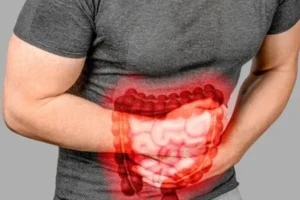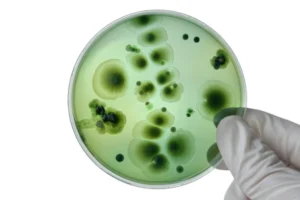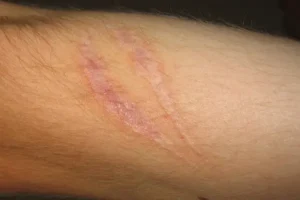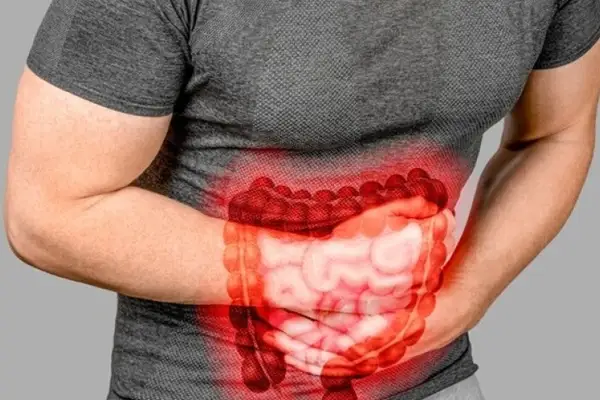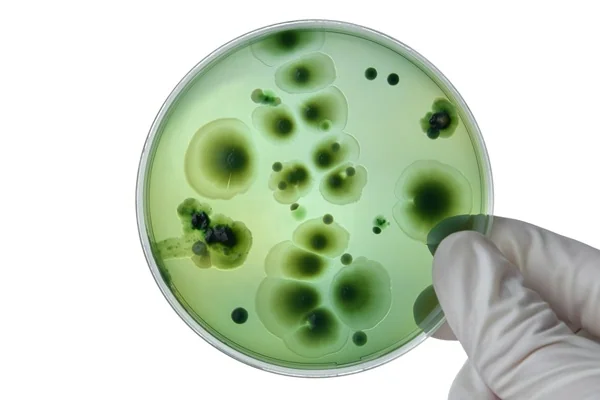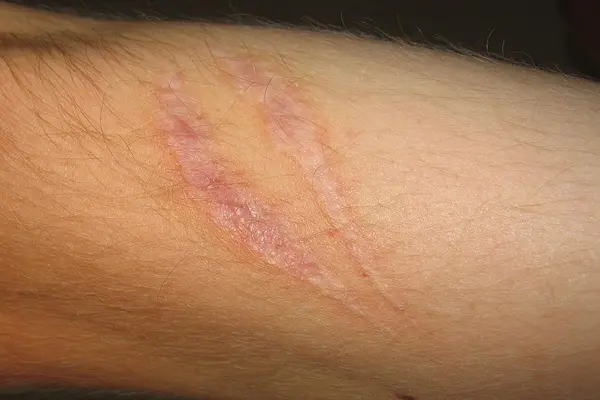Muscle injuries often take a long time to heal, prompting researchers to explore compounds that could accelerate recovery. One area of growing focus is bioactive peptides (short chains of amino acids) studied for their potential role in tissue regeneration and recovery pathways. Early findings suggest these compounds may influence cellular repair, growth hormone, amino acids, and blood flow, making them an area of strong scientific interest for overall health and body composition.
The most researched peptides for muscle repair are BPC-157, MGF, and PEG-MGF. Each has shown promising results in studies exploring muscle healing and regeneration. While data continues to develop, these peptides are considered essential for understanding how recovery mechanisms work and how muscle tissue may repair itself in controlled research settings.
Among them, PEG-MGF has attracted particular attention because of how long it remains active compared to its natural form.
Shop PEG-MGF from Peptide Works, a pegylated peptide with extended activity, researched for its sustained support of muscle repair and recovery.
How Does PEG-MGF Accelerate Muscle Repair and Recovery?
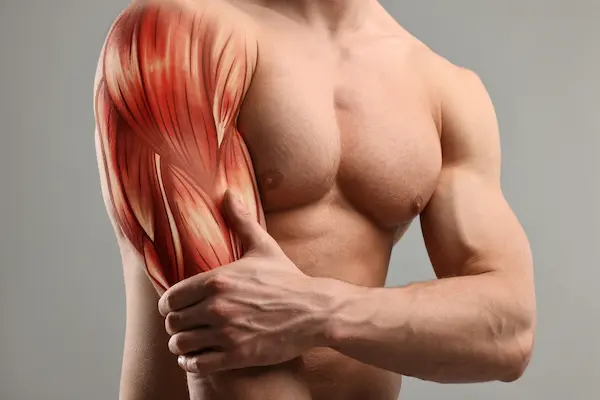
Among the most studied muscle repair peptides, PEG-MGF stands out because its pegylated form has prolonged action compared to standard MGF. This gives researchers more time to observe how it stimulates satellite cells, specialized muscle stem cells that fuse with damaged fibers and support muscle growth during injury recovery. That process strengthens repair, enhances lean body mass, and helps explain why PEG-MGF draws attention in research on physical performance and regeneration.
What makes this peptide unique is its targeted action. PEG-MGF works locally at injury sites, where it may speed repair signals and reduce soreness. Unlike regular MGF, which fades quickly, PEG-MGF keeps the repair window open longer. Some studies even suggest it could complement other peptides, such as IGF-1 variants, in models of regeneration.
Satellite cells are at the center of this process, making their role in muscle repair a key focus of research and athletic performance enhancement through better recovery.
How Do Muscle Repair Peptides Activate Satellite Cells?
Muscle repair peptides influence recovery by turning on satellite cells, which are muscle stem cells resting along fibers. When activated, these cells multiply and fuse with damaged tissue, creating fresh fibers that strengthen repair. This process is a cornerstone of regeneration research.
Clinical trials show that MGF is one of the strongest signals for satellite cell activation. Its pegylated form, PEG-MGF, prolongs that signal, allowing deeper repair. BPC-157 has also been linked to improved healing environments, which may support satellite cell activity indirectly. Each peptide influences satellite cells through distinct pathways, offering researchers deeper insight into how muscle tissue regenerates.
Because structure affects how long peptides remain active, scientists often focus on pegylation as a way to improve stability and outcomes in research.
Discover MGF from Peptide Works, a peptide investigated for its role in activating satellite cells and promoting early-stage muscle regeneration.
Why Does Pegylation Matter for Muscle Repair Peptides?

Pegylation is the process of attaching polyethylene glycol to a peptide. This change improves both stability and half-life. Natural peptides like MGF break down quickly, which limits how long they can be studied. By persisting in circulation, PEG-MGF makes it easier to track cellular responses throughout the repair process.
For studies on muscle repair peptides, pegylation improves reliability. It allows researchers to track effects such as satellite cell activity and tissue repair more clearly. While peptides like BPC-157 are studied for their healing effects, pegylation shows how structural changes can make results stronger and easier to reproduce.
Other peptides also stand out for unique properties, with BPC-157 often noted for its effects on circulation and soreness.
Explore BPC-157 from Peptide Works, a research peptide studied for its potential to enhance muscle recovery, support tissue healing, and reduce inflammation.
How Does BPC-157 Support Muscle Recovery and Soreness?
BPC-157 is widely studied for its potential role in muscle recovery after injury or stress. Research shows it promotes angiogenesis, or the growth of new blood vessels, which improves circulation around damaged fibers. Better blood flow brings oxygen and nutrients to the tissue, helping muscles repair more efficiently and recover strength after strain.
BPC-157 is also examined for its effects on soreness. It may reduce inflammation and swelling, which are key causes of post-exercise discomfort. Protecting fibers from further stress creates a better environment for repair. Unlike MGF and PEG-MGF, which act mainly by activating satellite cells, BPC-157’s contribution appears tied to inflammation control and faster relief from soreness.
Because inflammation plays such a central role in healing, its relationship to tissue types such as tendon, ligament, and collagen has been studied in detail for its impact on soft tissues and knee pain.
How Does Inflammation Help Muscle Repair?
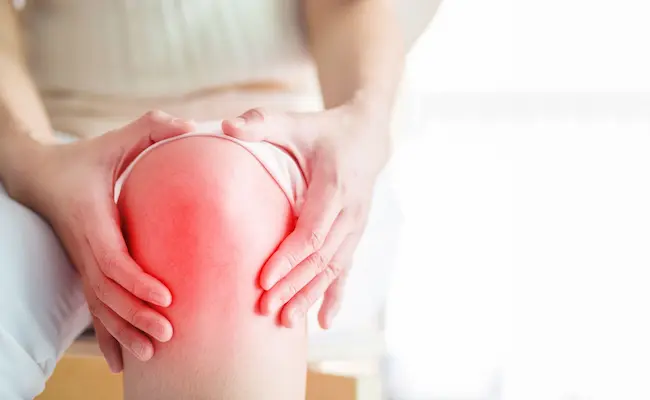
Inflammation is the body’s first reaction to muscle injury. Immune cells enter the damaged area, clear out debris, and release growth factors that start the repair process. These early signals activate satellite cells, which then fuse with fibers to form new muscle tissue.
This response has two stages. First, a strong pro-inflammatory phase removes damaged cells. Then, a healing phase reduces swelling and encourages regeneration. When balanced, inflammation speeds recovery and supports long-term strength. If it lingers too long, though, it can slow repair and even lead to further damage. Understanding this balance is key to muscle recovery research and drug administration strategies for optimizing the recovery process.
Much of this repair depends on growth factors, which provide the instructions cells need to rebuild muscle tissue.
Which Growth Factors Drive Muscle Repair?
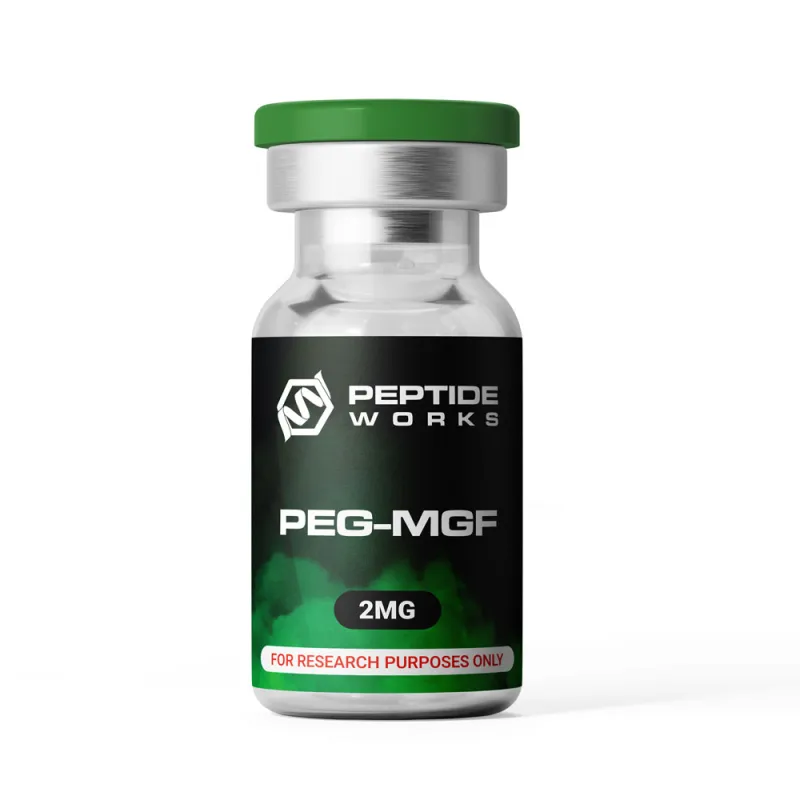
Several growth factors play crucial roles in muscle healing. IGF-1 is one of the most studied because it helps satellite cells grow and mature into new fibers. HGF is another important signal, known for waking dormant satellite cells so they can join the repair process.
Other factors, like FGF-2 and VEGF, improve blood flow and create the right environment for recovery. Together, these signals guide how damaged muscle rebuilds itself. Research into muscle repair peptides often looks at how they influence or mirror these pathways, giving scientists more insight into recovery at the cellular level.
Because each peptide connects to these processes in a different way, researchers often compare them directly.
Best Muscle Repair Peptides: BPC-157 vs MGF vs PEG-MGF
In research, BPC-157, MGF, and PEG-MGF are often compared because each plays a unique role in muscle recovery. While no single peptide is universally “best,” each highlights a different stage of the repair process.
BPC-157 is studied for improving blood flow and controlling inflammation, which may reduce soreness and support healing conditions. MGF delivers the early signal that activates satellite cells, helping new fibers form. PEG-MGF prolongs this signal with a sustained effect, allowing extended observation of regeneration. Together, these peptides provide complementary insights into how muscles recover after damage.
| Peptide | Role in Repair | Research Focus |
|---|---|---|
| BPC-157 | Boosts angiogenesis, lowers inflammation | Healing environment, soreness relief |
| MGF | Triggers satellite cell activation | Early muscle fiber repair |
| PEG-MGF | Prolonged action, sustained signaling | Extended regeneration models |
These comparisons highlight what is already known about muscle repair peptides, while ongoing research continues to uncover new directions in this field.
Future of Muscle Repair Peptides
The future of muscle repair peptides in research looks promising, with growing interest in how compounds like BPC-157, MGF, and PEG-MGF may reveal new insights into recovery. As studies continue, scientists are uncovering how these peptides influence satellite cells, growth factors, and inflammation to shape healing.
At Peptide Works, we remain committed to supporting researchers worldwide by providing access to high-quality peptides for laboratory study. These tools are helping the research community push forward, opening new possibilities for understanding muscle repair at the cellular level.
As research advances, muscle repair peptides may not only deepen scientific understanding of recovery but also guide the development of next-generation strategies for muscle repair.
All peptides and compounds mentioned are strictly for research purposes only and not for human use.
References
[1] Vasireddi N, Hahamyan H, Salata MJ, Karns M, et al. Emerging Use of BPC-157 in Orthopaedic Sports Medicine: A Systematic Review. HSS J. 2025 Jul 31:15563316251355551.
[2] Matheny RW Jr, Nindl BC, Adamo ML. Minireview: Mechano-growth factor: a putative product of IGF-I gene expression involved in tissue repair and regeneration. Endocrinology. 2010 Mar;151(3):865-75.
[3] Gehrig SM, van der Poel C, Hoeflich A, Naim T, et al. Therapeutic potential of PEGylated insulin-like growth factor I for skeletal muscle disease evaluated in two murine models of muscular dystrophy. Growth Horm IGF Res. 2012 Apr;22(2):69-75.
[4] Novinscak T, Brcic L, Staresinic M, Jukic I, et al. Gastric pentadecapeptide BPC 157 as an effective therapy for muscle crush injury in the rat. Surg Today. 2008;38(8):716-25.
[5] Gwyer D, Wragg NM, Wilson SL. Gastric pentadecapeptide body protection compound BPC 157 and its role in accelerating musculoskeletal soft tissue healing. Cell Tissue Res. 2019 Aug;377(2):153-159.
[6] Cushman CJ, Ibrahim AF, Smith AD, Hernandez EJ, MacKay B, Zumwalt M. Local and Systemic Peptide Therapies for Soft Tissue Regeneration: A Narrative Review. Yale J Biol Med. 2024 Sep 30;97(3):399-413. doi

